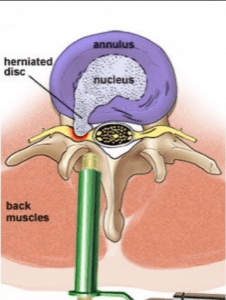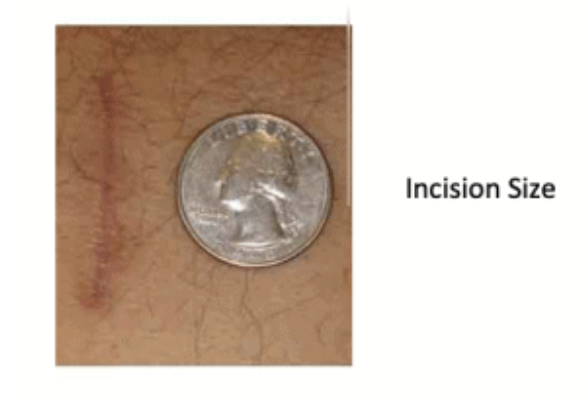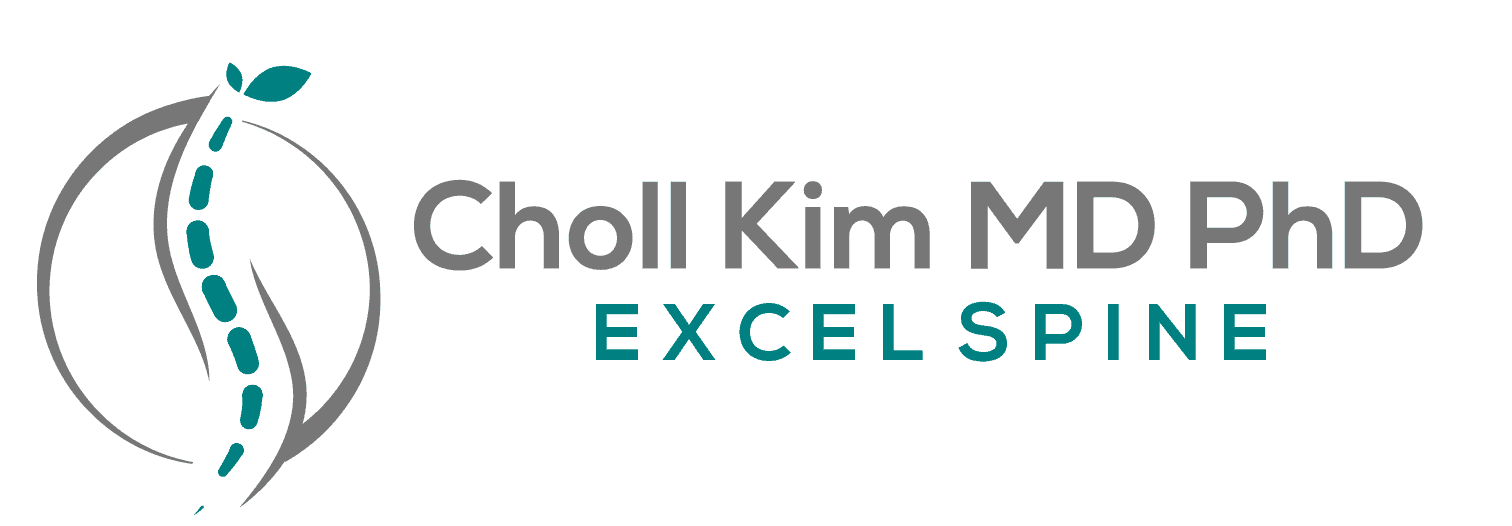What Is a Microdiscectomy?
A microdiscectomy is a minimally invasive spine surgery used to treat nerve compression caused by a herniated disc in the lower back. The goal of the procedure is to relieve pressure on the affected nerve root, reduce pain, and restore mobility.
During a microdiscectomy, the surgeon makes a very small incision and uses a microscope or surgical loupe for magnified visualization. A small portion of bone from the lamina (the back part of the vertebra) may be removed to access the disc. Then, the herniated portion of the disc or any nearby bone spurs pressing on the nerve root is carefully cleared away.
Because the incision is small and surrounding muscles, arteries, and nerves are preserved, recovery is typically quicker and less painful than with traditional open surgery.
Why Is a Microdiscectomy Performed?
A microdiscectomy is usually recommended for patients with a herniated lumbar disc causing:
- Leg pain (sciatica)
- Numbness or tingling
- Weakness in the lower extremities
- Loss of mobility or function
Before surgery is considered, patients usually undergo non-surgical treatments such as:
- Physical therapy
- Chiropractic care
- Acupuncture
- Anti-inflammatory medications
- Epidural steroid injections
If these treatments fail to relieve symptoms or if neurological function is worsening, microdiscectomy may be recommended to relieve pressure on the nerve and restore function.
How Do You Prepare for a Microdiscectomy?
Preparation for surgery includes:
- Imaging studies (like MRI, CT scans, or x-rays) to confirm the location of the herniation
- A review of your health history, medications, and any allergies
- Discontinuing medications such as blood thinners, if instructed
- Fasting instructions for the night before surgery
- Arranging transportation home after the procedure
- Preparing your home for post-op recovery, such as setting up a comfortable resting area and avoiding lifting or bending
Your surgical team will provide detailed pre-operative instructions based on your personal needs.
What Can You Expect During a Microdiscectomy?
Microdiscectomy is performed under general anesthesia. A small incision—typically about 1 inch long—is made in the lower back. The surgeon gently separates the back muscles to access the spine without cutting through them.
A small amount of bone from the lamina may be removed to reach the herniated disc. The surgeon then carefully removes the portion of disc material or bone spurs that are pressing on the nerve.
Once the nerve has been decompressed, the incision is closed, and the patient is moved to recovery. Most microdiscectomy procedures take about an hour, and patients are typically able to go home the same day.


What Is the Recovery Like After a Microdiscectomy?
Recovery is usually quick and well-tolerated, especially compared to traditional back surgeries.
Immediately After Surgery:
- Most patients are up and walking within a few hours
- You’ll be discharged the same day unless otherwise advised
1–2 Weeks Post-Op:
- Light activity is encouraged (e.g., walking), but avoid bending, lifting, or twisting
- Pain is usually minimal and managed with oral medications
3–4 Weeks Post-Op:
- Patients typically begin physical therapy to strengthen core muscles and improve flexibility
6–8 Weeks Post-Op:
- Most patients return to sedentary work
- Those with physically demanding jobs may need more time
Recovery varies by patient, and your surgeon will guide your return to normal activities based on how you’re healing.
What Are the Potential Risks of a Microdiscectomy?
Microdiscectomy is considered safe and effective, but like any surgery, it does carry potential risks, including:
- Infection
- Bleeding
- Dural tear (spinal fluid leak)
- Nerve injury
- Recurrent disc herniation
- Continued or recurring pain
Your surgical team will take all necessary precautions to reduce risk and ensure a successful outcome.
Are There Related Procedures to a Microdiscectomy?
Yes. Depending on the severity and type of your spinal issue, other related procedures may include:
- Endoscopic discectomy – performed through an even smaller incision using a tiny camera
- Laminectomy – removal of more bone to relieve pressure from spinal stenosis
- Hemilaminectomy – partial removal of the lamina on one side
- Laser endoscopic spine surgery (LESS) – uses a laser and endoscope through a tiny incision to remove disc material
- Spinal fusion – considered when there is instability in the spine that requires stabilization
Your surgeon will recommend the most appropriate approach based on your diagnosis and treatment goals.
Key Takeaways About Microdiscectomy
- Microdiscectomy is a minimally invasive procedure that relieves nerve pressure caused by herniated discs.
- It’s often recommended after non-surgical treatments have failed.
- Most patients go home the same day and begin physical therapy within a few weeks.
- Recovery is typically fast, with many returning to work in 6–8 weeks.
- It is a safe and effective option for long-term relief from nerve-related back and leg pain.
Next Steps
If you’re experiencing persistent leg pain, numbness, or weakness due to a herniated disc, and conservative treatments haven’t worked, a microdiscectomy may be the next step. Talk with your spine specialist to see if this minimally invasive solution is right for you.

